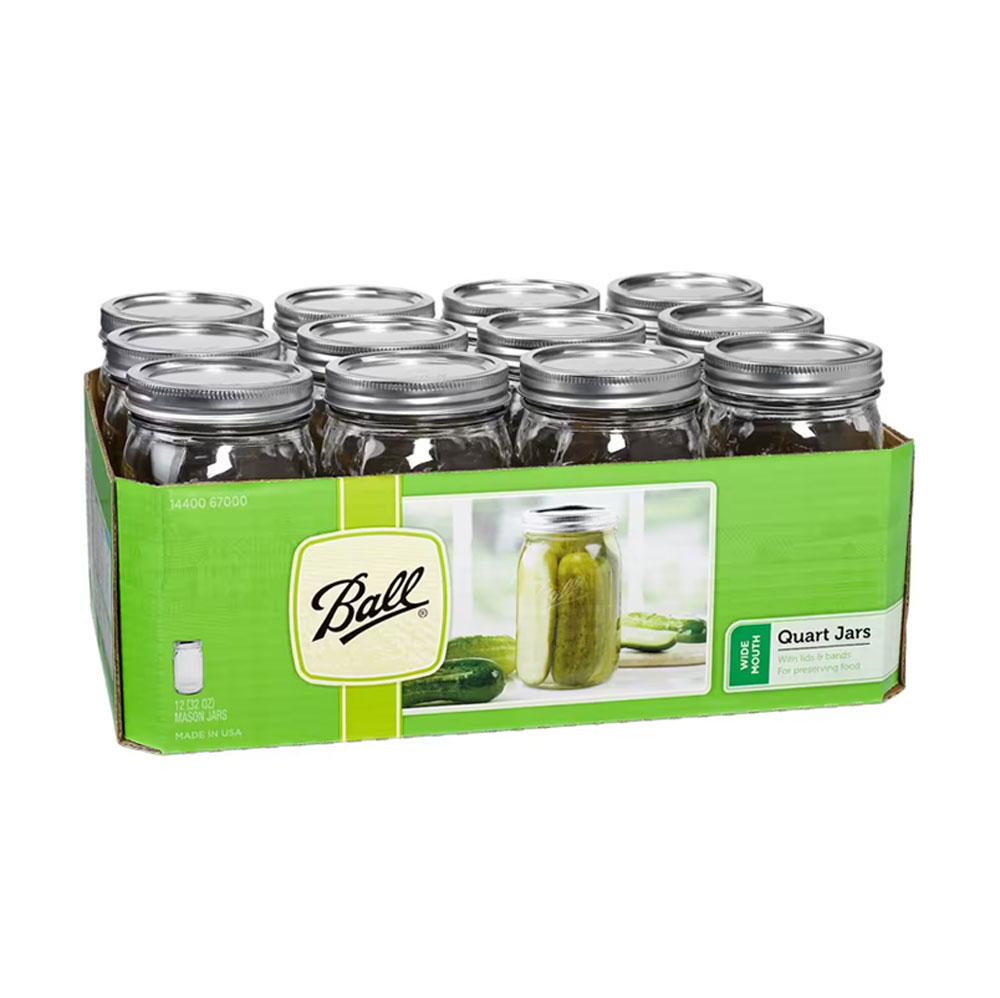Let’s talk about baby/miniature vegetables
Sweetness, tenderness and love, doesn’t always come from a Motown hit. It can also come from…. wait for it…vegetables. Baby/miniature vegetables to be exact.
Cute, adorable and quite trendy since the early 1980s, you’re more likely to find these petite vegetables on a plate at an upscale restaurant, than in your local grocery store. Baby vegetables can, however, also be found at your local farmer’s markets. They also make a great choice to plant them in your garden, or even in a planter or wood crate on your back deck as they don’t take up nearly the amount of real estate as their “grown up” counterparts do.
If you’re interested in purchasing baby vegetable seeds, below are a a couple of online resources for you to consider:

Generally speaking, baby vegetables are not just the young, immature versions of the vegetables that you buy at the supermarket. Some are unique hybrids, developed specifically to be fully grown and mature, at a very small size. Beyond their cuteness, baby vegetables are quite tender and very flavorful.


Some studies have suggested the baby/miniature vegetable varieties are actually more nutritious than their “grown-ups”!
We think a great benefit of them comes in that they also fit quite nicely in your Great Lakes Pickling Company pickling pouch. Many of them do not even need to be cut.
Some of the most popular baby vegetables are*:
- Baby Bok Choy (Bonsai Hybrid Pak Choi is a good choice)
- Baby Artichokes
- Baby Eggplant
- Baby Tomatoes
- Baby Bell Peppers (Try Miniature Red Bell)
- Baby Carrots (Dwarf varieties include ‘Little Finger’)
- Baby Squash (Patty Pan)
- Baby Zucchini (Sweet Dumplings, Sunburst for yellow squash and Condor, and Butterstick for the zucchinis)
- Baby Corn (Minor Hybrid or the variety Sweet Baby Corn)
- Baby Peas
- Baby Beets (Scarlet Supreme, Little Ball and young, Detroit Dark Red are said to be popular varieties)
- Baby Peppers
- Baby Onions (The varietals Borettana Cipollini’ or the pearl onion Crystal Wax)
- Baby Cukes
- Baby Turnips
- Baby Cauliflower
(*The above varietals suggestions courtesy of: Stephen Albert, a horticulturist, master gardener, and certified nurseryman who has taught at the University of California for more than 25 years.)
How to Pickle Baby/Miniature Vegetables
When it comes to pickling these little treasures, there’s not really much you have to do differently than if they were the standard size, although it would be a shame to cut them, since admiring their miniaturization is the whole idea here. After cleaning them, we suggest making a few, selective incisions in the outer flesh in order to help the brine penetrate more thoroughly into the inner flesh. Otherwise, you’re good to go.

We think you’ll enjoy their uniqueness and genuine eating pleasure. The taste, the flavor, and they go great with any of your Great Lakes Pickling Company pouches.
Enjoy!




